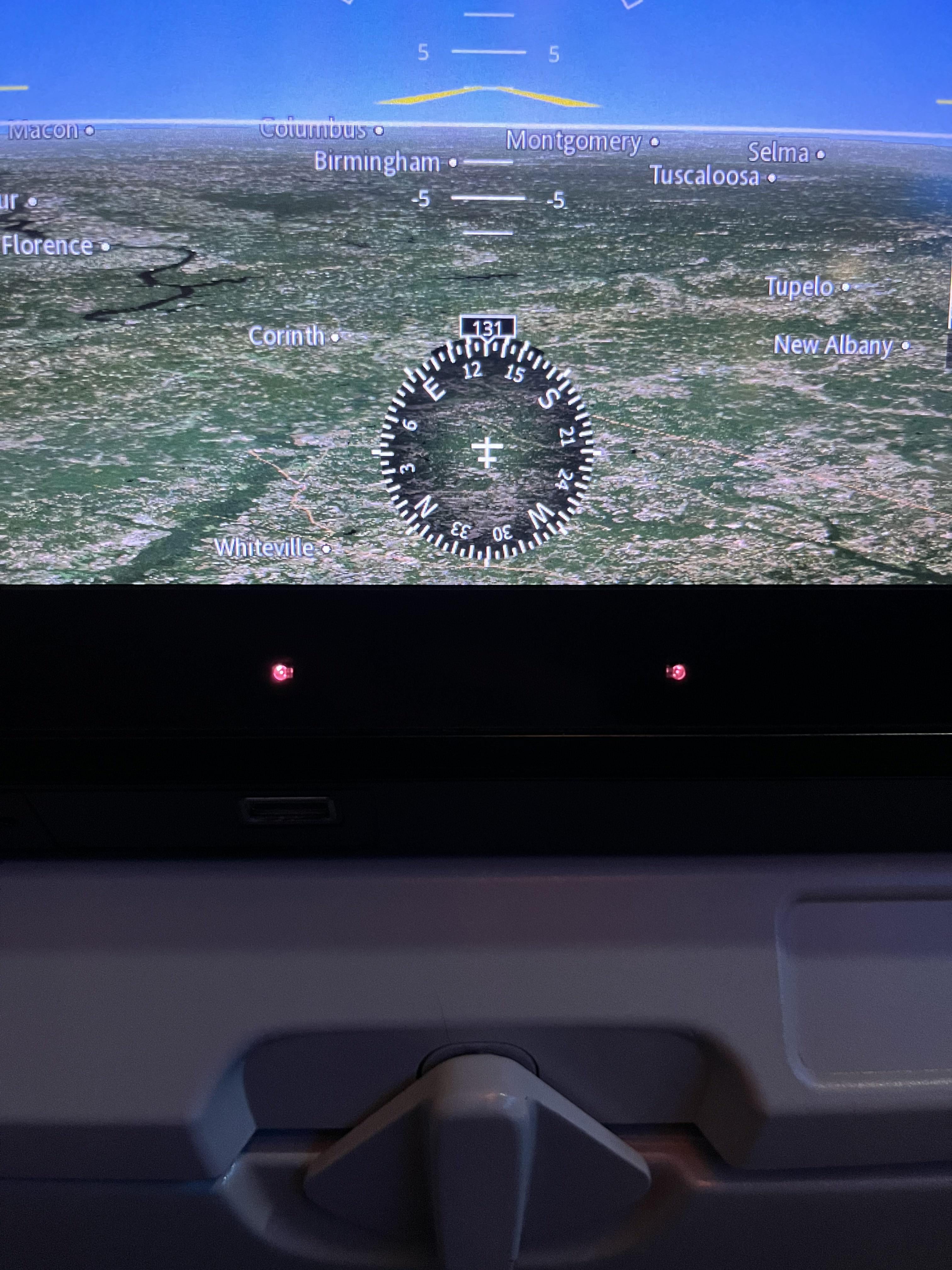

How are the payload weights between pickup trucks and Zeppelins different then?


How are the payload weights between pickup trucks and Zeppelins different then?


I am comparing payload weights because it’s directly comparable between all vehicles. I am not sure if you understand payload weight fully. This is the rating for everything you put in the vehicle (airship or not) and includes everything from people to the trailers tounge if you are towing. Just because your truck can tow 20Klb does not mean you can exceed the payload capacity. A lot of first time RV buyers learn this the hard way when they buy a 10Klb trailer to tow with their 2018 F150 only to find out there isn’t even enough payload capacity left over for the driver because the tounge weight is 1000lb. Air ships (and aircraft for that matter) use the same payload capacity calculations where again anything put inside the vehicle counts towards the payload including people. This is why we can directly compare the two vehicles payload capacity.


Towing capacity isn’t really apples to apples which is why I used payload capacity which is more directly comparable. Don’t get me wrong though I’d love to see an airship towing a trailer.


While others suggested adding the DNS records manually the far more secure and easier in the long term solution is to run pihole with unbound. Going this route completely eliminates third party upstream DNS servers as unbound will query the top level domain for their authoritative name server and direct the IP address from the source. Pihole has a great explanation on their website. I like crosstalk solutions on setting it up as it’s has everything you need just to copy paste your way into it working.


wanted to implement something like that with my 1920R UPS for my rack but haven’t found the time to commit to antiquated hardware.
Was enough of a hassle dealing with the expired SSL certs on the management card yet getting software running on one of my machines to communicate with the UPS.
Honestly you should just bypass dells management software and use NUT. It supports your UPS’s management card if you enable SNMP or you can bypass it all together and just run off of the USB/serial.
All things considered my two servers chilling chew around 60w on average, not taking into account my POE cameras or other devices. The UPS should run for over a day without getting close to draining its batteries (have a half populated ebm too).
I’m pretty surprised I can run my whole network for an hour off of my 1500va UPS with three switches and a handful of POE devices. I’m still thinking about replacing it with a rack mount unit so i can lock it inside my rack as I’ve been having issues with unauthorized people messing with it.


Anything using vanguard such as valorant and league of legends, battleye such as pubg, destiny 2, and rainbow 6 siege, and easy anti cheat such as fortnight blocks virtual machines. Vanguard is especially bad because it will not allow to run the game with Intel-VT/AMD-V enabled even if you are running bare metal as of its last update.


I personally use an APC pro 1500 and it will run my (admittedly large) network for an hour. If your router and modem are around 50 watts you could probably get about two hours.

If you need anything longer than that you should look at solar generators that have an UPS mode like from what bluetti or ecoflow offers as they are a significantly better value than a purpose built high capacity UPS with the added benefits of being able to hook up portable solar panels to extend the run time even further.


I think the safe option would be to use a smart UPS and Network UPS Tools to shutdown the LLM virtual machine when it’s running on battery. I do something similar with my NAS as it’s running on an older dell R510 so when the UPS goes onto battery it’ll safely shut down that whole machine to extend how long my networking gear will stay powered.


The biggest advancement they made was making it smaller. Zeppelin NTs are a fraction of the size of what Ferdinand von Zeppelin was designing in his day. Because of their smaller and the switch to helium Zeppelin NTs has a miniscule payload capacity at 4200 pounds. To put that into perspective that’s the same payload capacity as a Ford F250. Even with their reduced surface area and modern flight controllers controllers the Zeppelin NTs still haven’t solved the weather issue as they are restricted from flying in winds greater than 22MPH and when VFR is not available.


Since you didn’t explain why… Using a normal power bank as an UPS is a bad idea because lithium batteries have a limited amount cycles it can charge and discharge. With a power bank the power has to flow from the charger into the battery then out to the load which eats up those cycles. An UPS is a little more clever as the power goes straight to the load via a capacitor bank and a mosfet bypassing the battery. When the source power is cut the UPS runs off of the capacitors for the milliseconds it takes for the mosfet to switch the load over to the battery. This vastly extends the life of the battery and reduces the risks of fire and toxic fumes from being released.


if you look at the history of what happened to each Zeppelin airship you get a really good idea why it’s a bad idea.
LZ1: damaged during initial flight, repaired and flown two more times before investors backed out causing the ship to be sold for scrap.
LZ2: suffered double engine failure and crashed into a mountain. While anchored to the mountain awaiting repairs a storm destroyed it beyond repair.
LZ3: built from salvaged parts of LZ2. Severally damaged in storm. After LZ4’s destruction LZ3 was repaired and was accepted by the German military who eventually scrapped it.
LZ4: suffered from chronic engine failure. While repairing the engines a gust of wind blew the ship free of its mooring and struck a tree causing the ship to ignite and burn to the ground.
LZ5: destroyed in a storm.
LZ6: destroyed in its hanger by fire.
LZ7: destroyed after crashing in a thunderstorm.
LZ8: destroyed by wind.
LZ9: this one actually worked and survived for three years before being decommissioned.
LZ10: caught on fire and destroyed after a gust of wind blew its mooring line into itself.
LZ11: destroyed while attempting to move the ship into it’s hanger
LZ12 & LZ13: both flew successful careers before being decommissioned a few years later.
LZ14: destroyed in a thunderstorm.
LZ15: destroyed during an emergency landing.
LZ16: was stolen by the French. ***
LZ17: decommissioned after the war.
LZ18: exploded during its test flight.
LZ19: damaged beyond repair during an emergency landing.
LZ129: the Hindenburg.
LZ127: retired and scrapped after flying over a million miles.
LZ130: flew 30 flights before being dismantled for parts to aid in the war effort
The problem is with airships and aerostats in general is you need a massive balloon just to lift a small amount of weight but the larger you make it the more susceptible to weather it ends up being. With the amount of surface area a balloon that’s a 1km long has you would have to spend a considerable amount of energy just to stop it from blowing away in the wind, as inefficient as it is the truck may actually use less fuel because of this.


Pre roll and post roll ads would be pretty easy to detect since the length of the actual video is fixed. Mid roll ads though will need something more clever.


Ubiquiti unifi: pretty preformant while being dead simple to set up. No licensing fees but upfront price is steep. If you really get into networking you will find their hardware and software stack limiting especially if you need speeds greater than 25 gigabit.
Mikrotik: single handedly the best value out there. Their OSes can be confusing at times and you may need some CLI skills to do everything but it’s a good learning platform.
Opensense: highly flexible where you can tailor your experience to exactly what you need. If you are the type of person who wants all of the bells and whistle along with fine granulated controls this is your option.
Openwrt: a good choice if you already own a supported device but I personally wouldn’t go out and buy hardware for openwrt when opnsense is a better option.
Cisco: there are two types of people who buy Cisco, those who are obtaining their CCNA and those who have their CCNA.
tp-link omada: directly marketed as a ubiquiti unifi competitor but cheaper. Being a new line of products it’s not really time tested. I’ve heard very polarizing opinions on them so your milage may vary.
meraki: Cisco’s other brand. Sometimes you can get their hardware for free because they make all of their money off of the licensing fees.
I’m still salty that my microwave’s pizza button is one of the fake ones.


No it’s actually a facial recognition camera…
https://gizmodo.com/united-and-delta-cover-their-seatback-cameras-in-bid-to-1834381804


Does united use the same in flight entertainment system as Delta? If united does they are probably tracking you using the facial detection camera on the seats.



How old of a system are you running because TPM have been included on CPUs since at least 2009. Microsoft requiring something already built into modern CPU isn’t the reason why CPUs cost more now.


If only Microsoft required a second prossesor like some sort of module just for encrypting and decrypting things without using additional CPU cycles… What if we also stored the encryption keys on that module so we could trust that platform…
You will get leagues better picture quality using a camlink/capture card and a camera with clean HDMI out. A gopro is a good budget option but a used DLSR or mirrorless camera is going to be the best. Some DSLR and mirrorless cameras support video out over usb so you don’t even need a capture card. Here’s a guide on getting it to work on Linux with a camera capability list inside the guide. If you do want to go the capture card route I hear elgato’s camlink works in Linux.